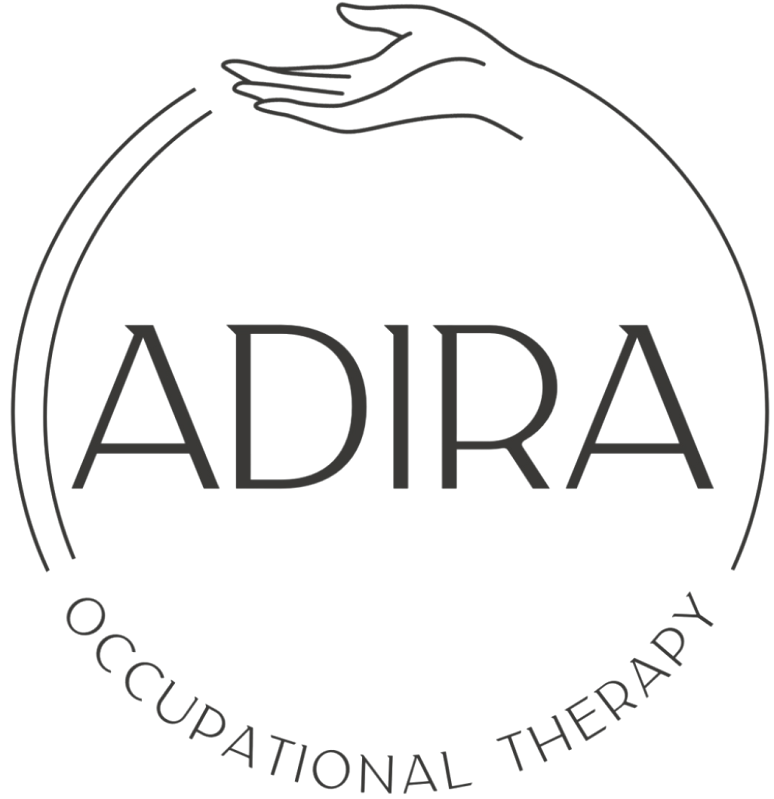Part Two of The Oral Motor Tool Guide: Recommendations for Toddlers. This post is for informational and general purposes only and is not meant to replace individualized advice or Occupational therapy services.
Disclaimer: This post contains affiliate links. If you click on these links and make a purchase, I may earn a small commission at no additional cost to you.
As a mama and pediatric occupational therapist specializing in feeding and oral motor support, specifically tethered oral tissues, I often get asked about the best tools and toys for promoting oral motor development in kiddos. The oral motor tool guide aims to provide parents and caregivers with practical recommendations and insights into the significance of oral motor exploration and proper oral rest posture.

Importance of Oral Rest Posture
Oral rest posture refers to the tongue, lips, and jaw position when the mouth is at rest. A proper oral rest posture is essential for breathing, facial development, and sleep.
Tools and Toys for Toddlers’ Oral Motor Development
When it comes to toddler feeding practices and tools, it’s important to consider age-appropriate utensils and feeding sets that can help toddlers transition to self-feeding. Additionally, safe feeding practices and introducing various foods can benefit toddlers oral skill development, mitigating texture preferences and nutrition. It’s also important to highlight the significance of supervision during mealtimes and creating a positive eating environment.
Toys, Tools, and Utensils
- Munchkin® Raise™ Toddler Fork and Spoon Utensil Set
- Munchkin® Raise™ Toddler Plastic Fork and Spoon Utensil Set, 4 Pack, Blue/Green
- ezpz Happy Cup + Straw System – 24 months+
- ezpz Mini Bowl for 12 Months+
- ezpz Happy Utensils – 24 Months+
- Munchkin® Splash™ Toddler Fork, Knife and Spoon Utensil Set, 6 Count
- Munchkin® Polish™ Stainless Steel Toddler Fork, Knife and Spoon Utensil Set, 3 Piece
- Elk and Friends Kids & Toddler Cups | The Original Glass Mason jars 8 oz with Silicone Sleeves & Silicone Straws with Stoppers | Smoothie Cups | Spill Proof Sippy Cups for Toddlers
- KLEAN KANTEEN Tkwide Bottle with Cap Strawberries 12 Ounce, 1 EA
- KLEAN KANTEEN Crocus Petal Kid Cup with Straw Lid, 1 EA
- Klean Kanteen Single Wall Stainless Steel Cups, Pint Glasses in 10oz, 4 pack
- Lifefactory 10-Ounce BPA-Free Indoor/Outdoor Protective Silicone Sleeve Beverage Glass, 4 Count (Pack of 1), Orange, Grass Green, Cobalt, Huckleberry
- webe kälm: Sensory tool for calming with slow exhalation, visual focus, and auditory regulation. Supports mindfulness, stress relief, bedtime, and anxiety
- TalkTools Chewy Bite Tube Set – Sensory-Friendly Toy Tubes for Developing Jaw Stability, TMJ | Autism Chew Toys | Improved Speech Clarity & Safe Feeding | 4 Tubes with Instructions
- Chew Necklace, Sensory Chew Necklace Bundle for Kids with Teething, ADHD, Autism, Biting Needs, Oral Motor Chewy Teether, for Boys&Girls
Toddler Feeding Developmental Milestones
12-18 Months:
- Chews with a more rotary jaw movement.
- Can drink from a cup with some spilling.
- Begins to form simple words and phrases.
18-24 Months:
- Eats a variety of textures and tastes.
- Uses a spoon and fork with increasing skill.
Common Concerns and Signs of Potential Issues
Difficulty Chewing:
- Persistent trouble moving food around in the mouth or chewing.
- Prefers only certain textures or avoids solid foods.
Excessive Drooling:
- Constant drooling beyond the typical age range.
- May indicate weak oral muscles or coordination issues.
Open Mouth Posture:
- Noticeable when the mouth is consistently open at rest.
Remember, each kiddo is unique, and choosing tools and toys that match their needs and preferences is essential. If you have concerns about your child’s oral motor development, consider consulting an occupational therapist for personalized guidance and support.
If you have any questions, feel free to drop them down below.
Click here for The Oral Motor Tool Guide: Recommendations for Toys, Utensils, and More (0 to 12 month recommendations)
